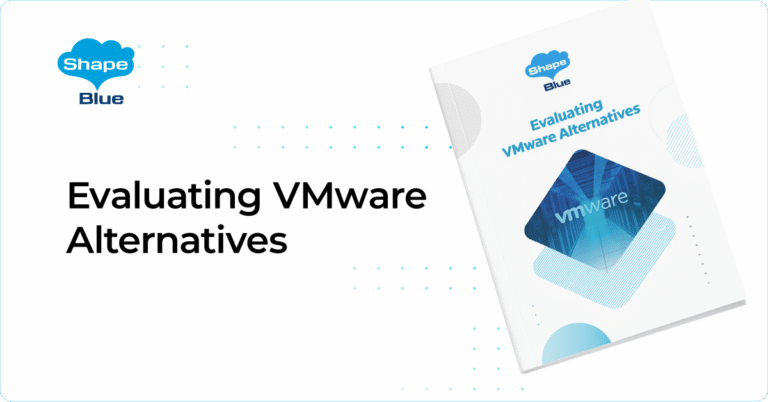ShapeBlue Supports the CloudStack European User Group 2025
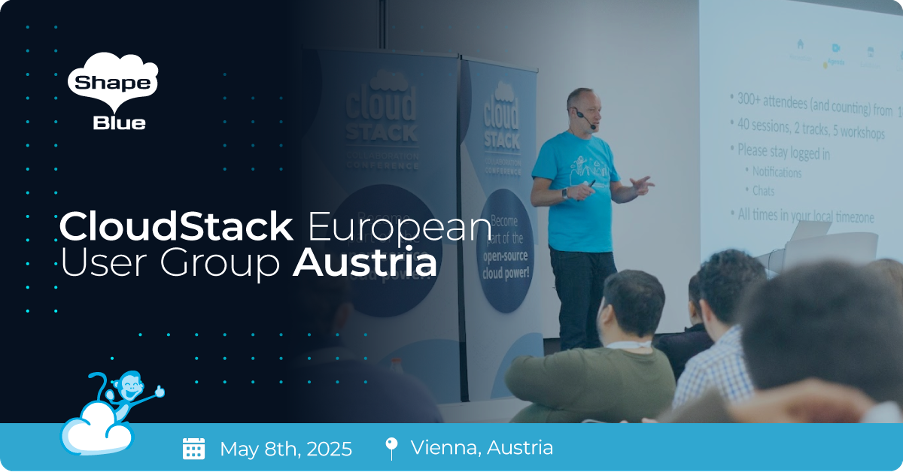
The CloudStack European User Group (CSEUG) 2025 will be taking place in Vienna, Austria on May 8th, at the Quartier Belvedere Central 3. This spring’s CSEUG local host will be LINBIT, the company behind the open-source storage software DRBD and LINBIT. ShapeBlue is proud to be sponsoring the User Group once again, alongside LINBIT and […]
Veeam Backup and Recovery plugin: Update and Feature Quick Look
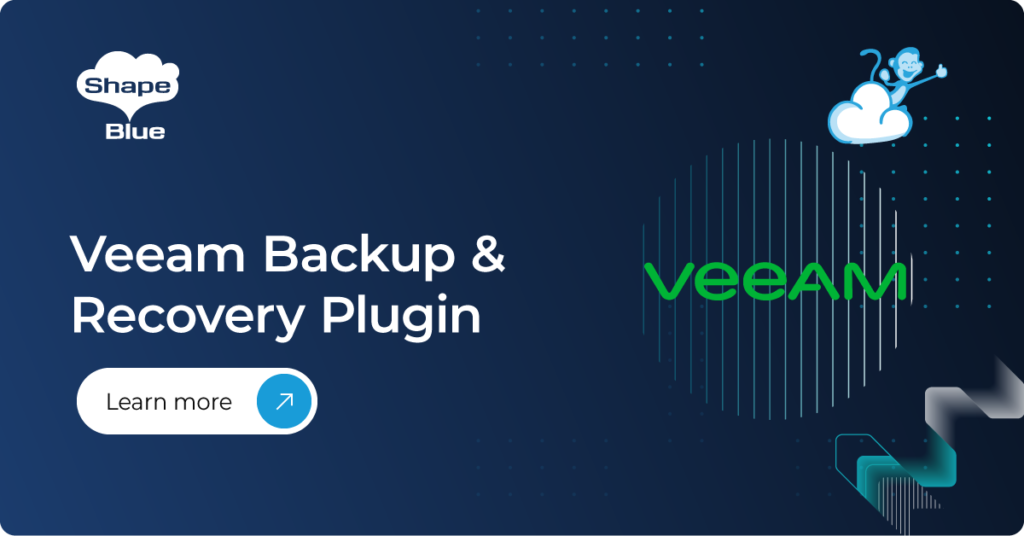
The Apache CloudStack Backup and Recovery (B&R) Framework enables the backup of instances using third-party backup solutions for recovery purposes. For more detailed information, you can refer to the Apache CloudStack Backup and Recovery Documentation. Built upon the B&R Framework, the Veeam Backup and Recovery plugin was initially implemented to support the backup and recovery […]
ShapeBlue Joins CloudFest 2025 to Support the Apache CloudStack Project
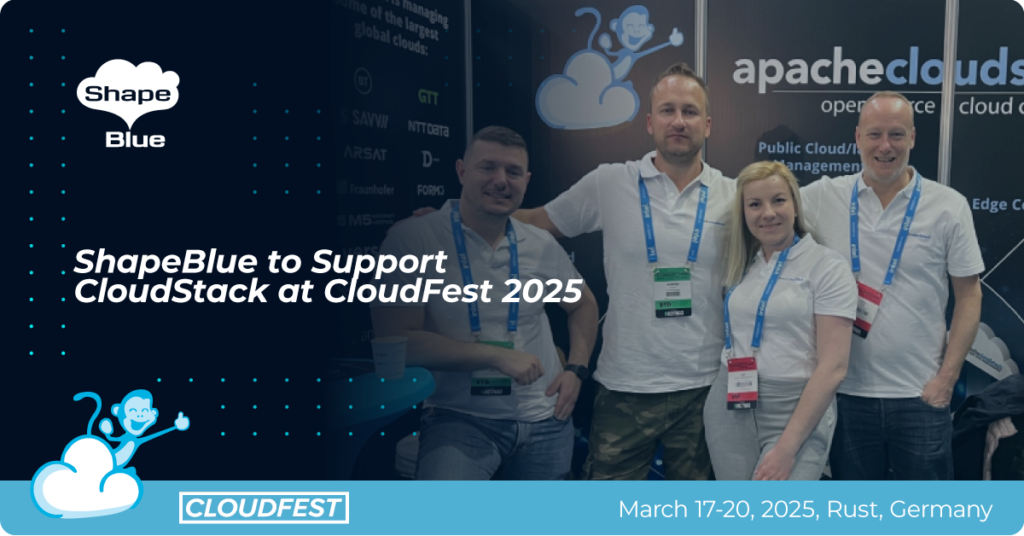
From March 17-20, the world’s leading internet infrastructure event – CloudFest – will return to Europa-Park in Rust, Germany. ShapeBlue will be supporting the Apache CloudStack project, with a number of team members helping at the booth alongside other community members. For the third consecutive year, Apache CloudStack will have a presence at CloudFest, showcasing […]
Refinements in Apache CloudStack 4.20: Exploring UI, Security and Network Updates | CloudStack Feature First Look
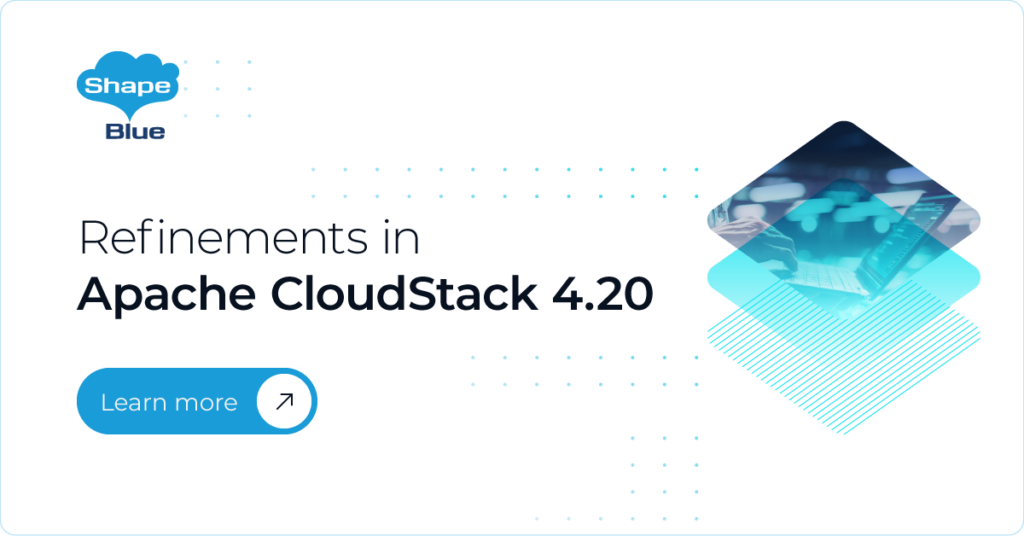
Introduction Apache CloudStack 4.20 introduces several exciting new features that enhance its functionality and user experience. This blog post will closely examine some of the minor, yet important features included in this latest release. These features include support for network data in Config Drive, the ability to enable security groups in existing advanced zones, a […]
Usage Management UI | CloudStack Feature First Look

Introduction When operating a cloud, it’s vital to monitor its resource usage to understand usage patterns and the resources being utilized. While CloudStack already enables viewing resource usage through the API, it previously lacked this capability via the UI. For configuring the usage service to track the usage of different resources, please refer to our […]
Apache CloudStack Auto Purging | CloudStack Feature First Look

When resources such as Instances, Disk Volumes, Snapshots, or Templates are marked for deletion, they are typically removed from the Primary and Secondary Storage, meaning they are no longer consuming physical storage space. However, the metadata and records associated with these resources remain in the database, flagged as “removed”, consuming valuable database storage space and […]
Inside CloudStack Collaboration Conference 2024: ShapeBlue’s Recap and Highlights
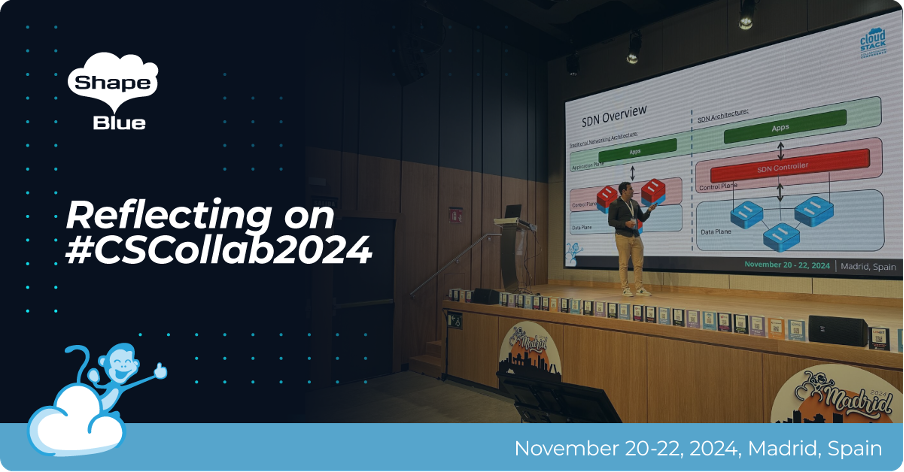
The CloudStack Collaboration Conference (CCC) 2024 has come and gone, and what an incredible event it was! It was great seeing the community come together from all corners of the globe to collaborate on all things #CloudStack. As a Diamond Sponsor, the ShapeBlue team is proud to participate in this conference each year, whether through […]
Apache CloudStack 4.20
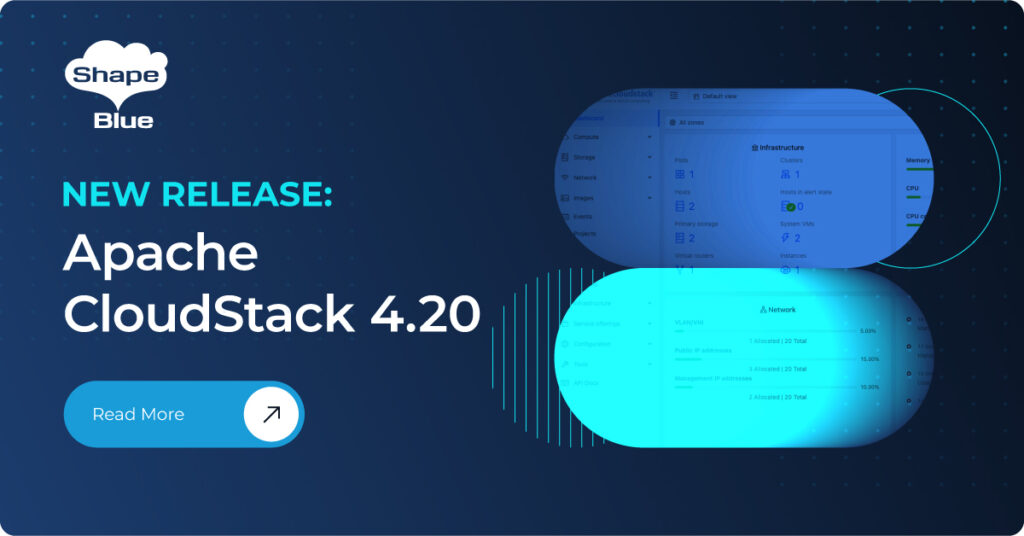
Apache CloudStack 4.20 introduces exciting new features and enhancements, marking another milestone in cloud infrastructure management. As an LTS (Long Term Support) release, it will be maintained for 18 months, providing long-term stability and support to CloudStack deployments. Below is a summary of the major new features introduced in this version: ARM64 Support and Multi-Architecture […]
Hardware Specific Resource Limits | CloudStack Feature First Look

In Apache CloudStack, Resource Limits allow administrators to enforce restrictions on key cloud resources such as Instances, public IPs, Volumes, Snapshots, and Storage. These limits help manage resource consumption across Domains and Accounts, promoting efficient use of infrastructure. Global default limits can be set or customized for specific Projects, Accounts, or Domains. Additionally, tags can […]
NAS Backup and Recovery Plugin | CloudStack Feature First Look

CloudStack 4.20 release is introducing a new plugin for the Backup & Recovery (B&R) framework. Thus expanding the existing backup framework to support network-attached storage (NAS) as a backup destination. This plugin works alongside current solutions like Veeam Backup and Replication, and Dell NetWorker giving administrators a flexible way to integrate NAS into their backup […]



